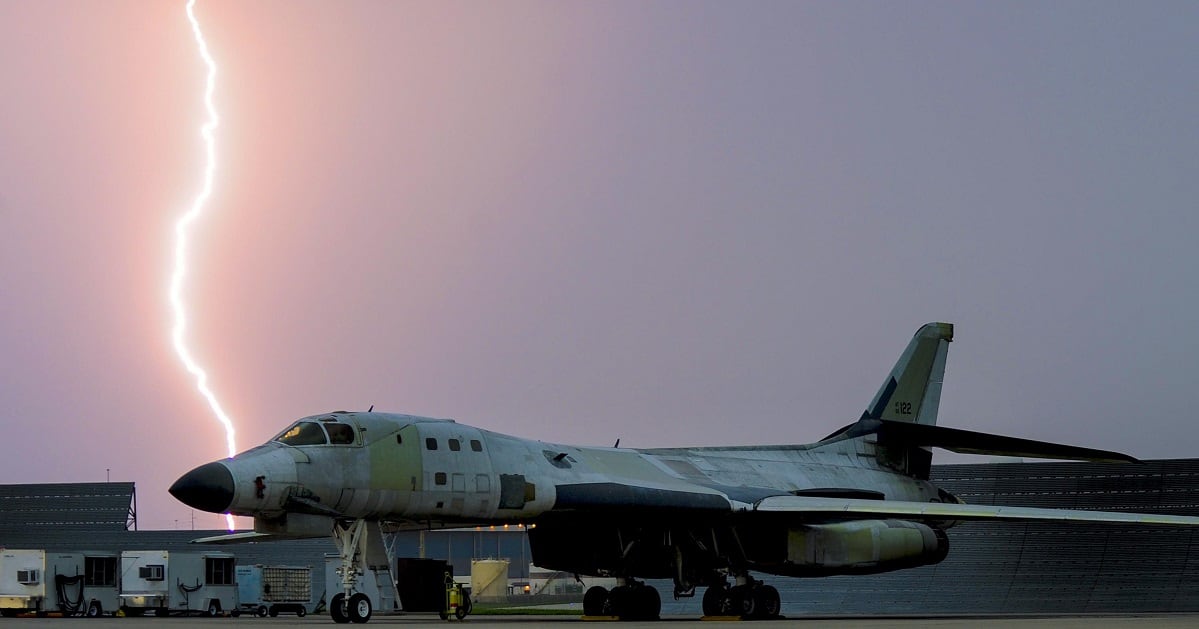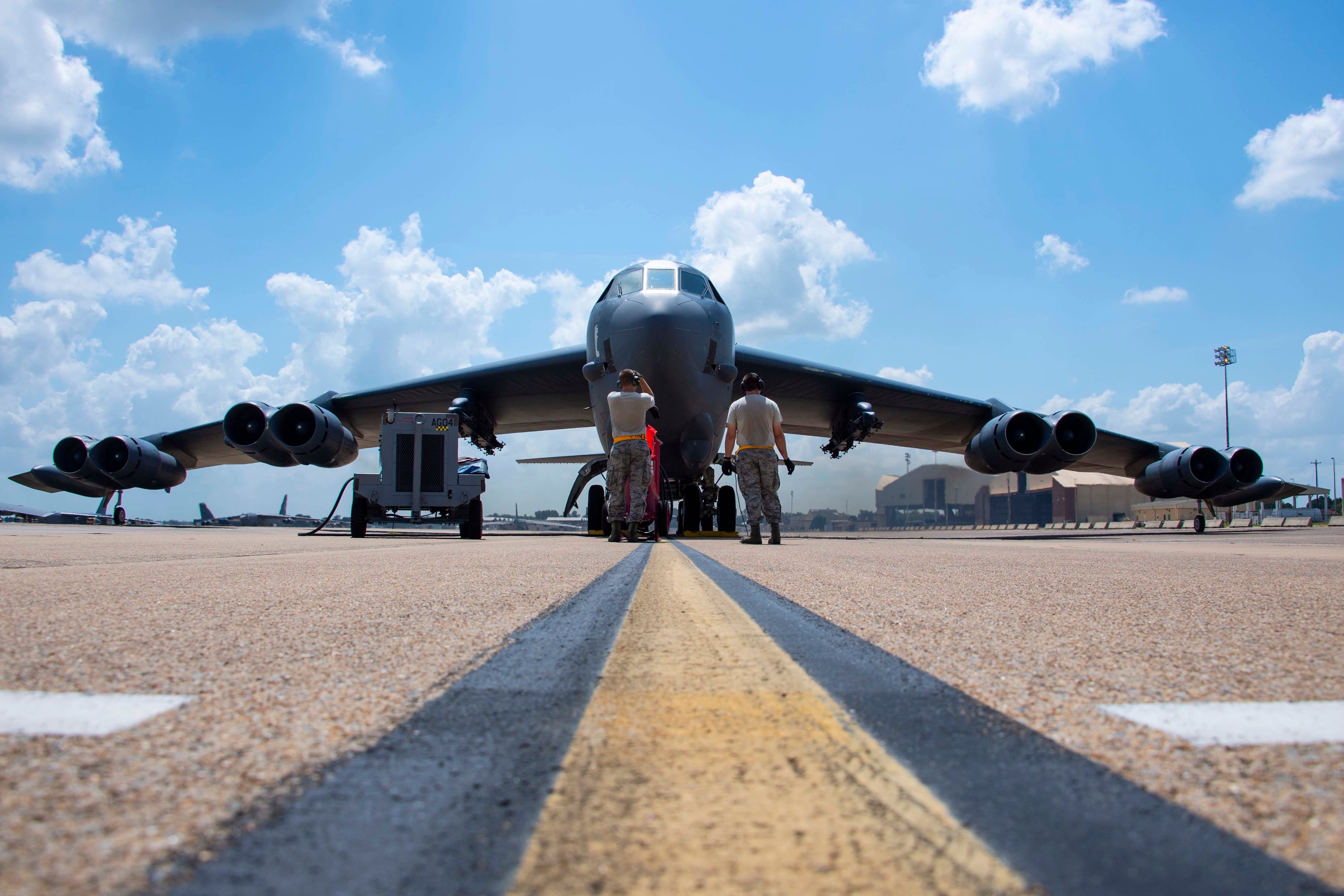The future of the Air Force’s bomber fleet will be the B-21 Raider, now under development, and a heavily modified version of the Cold War-era B-52 Stratofortress, Lt. Gen. David Nahom, deputy chief of staff for plans and programs, told lawmakers on Thursday.
Nahom said getting to that two-bomber fleet is important as the Air Force shifts to a strategy focused on what the Pentagon calls “great power competition” — preparing for a conflict with a peer or near-peer nation such as China or Russia.
“On the bomber fleet, there’s nothing more important to the Air Force,” Nahom told the House Armed Services subcommittee on seapower and projection forces. “If you look at what the bombers bring, no one else brings it. Our joint partners don’t bring it, our coalition partners don’t bring it.”
The B-1B Lancer and B-2 Spirit are important in the meantime, and each bring important capabilities, Nahom said. The B-2′s ability to penetrate enemy airspace and carry nuclear weapons, and the volume of ordnance the B-1 can carry, make each aircraft crucial for now, he said. The Air Force needs to keep the B-2 until the B-21 is delivered and nuclear-certified, he said, which will likely take about a decade.
Keeping the B-1 is trickier, Nahom said, largely because the Air Force has flown it so hard over the last several years.
“We’ve used that airplane, and overused it over many years,” Nahom said of the B-1. “It’s broken, in many ways.”
RELATED

The Air Force reported a 51.75 percent mission-capable rate for its 62 Lancers in 2018. But last August, Gen. John Hyten, now vice chairman of the Joint Chiefs of Staff, told lawmakers that just six B-1 Lancers were fully mission-capable, indicating the fleet is in much worse shape than was previously known.
Some B-1s at Ellsworth and Dyess Air Force bases are so far gone, Nahom said, that it made more sense to take them offline. That way, maintainers could instead focus on fixing the Lancers that have a better shot at returning to flying status, he said.
That’s why the Air Force proposed cutting 17 B-1s as part of its fiscal 2021 budget, released earlier this month.
“That takes the worst actors offline, and lets the maintainers now concentrate on the airplanes that have a better road to recovery,” Nahom said. “We think, by doing this, we’ll get the mission-capable rate to a more acceptable level.”
By doing that, Nahom said, the Air Force should be able to maintain the B-1 fleet until the B-21 becomes operational.
Rep. Mike Conaway, R-Texas, noted that the Air Force is talking about retiring relatively younger aircraft and keeping the much-older B-52s — some of which might be flying until they’re 100 years old.
While Nahom acknowledged that many B-52s are old in years, they’re relatively young in terms of flying hours, because they sat on nuclear alert during the Cold War and weren’t flown as hard.
By upgrading key parts of the B-52, including replacing engines, adding a new radar and other new technologies, “we’re going to be able to do things with that airplane that we would not be able to do with a B-1 or a B-2,” Nahom said.
The re-engining of the B-52 is going well, and the service’s request for proposal should be released this year, said Will Roper, assistant secretary of the Air Force for acquisition, technology and logistics.
Roper also quoted Indiana Jones as he discussed the B-52′s potential longevity: “It’s not the years, it’s the mileage. That very much applies to airplanes.”
Stephen Losey is the air warfare reporter for Defense News. He previously covered leadership and personnel issues at Air Force Times, and the Pentagon, special operations and air warfare at Military.com. He has traveled to the Middle East to cover U.S. Air Force operations.





